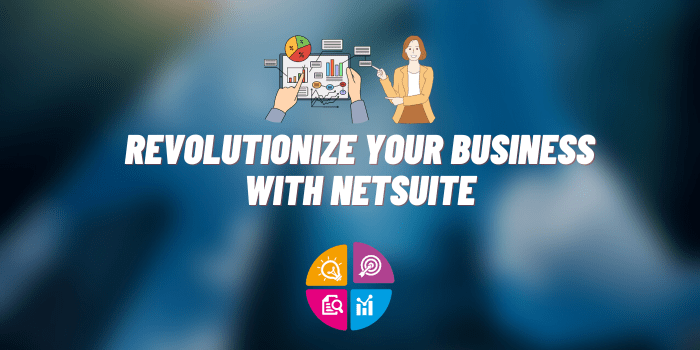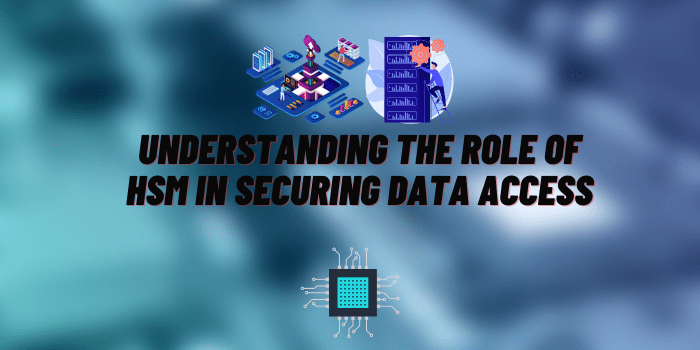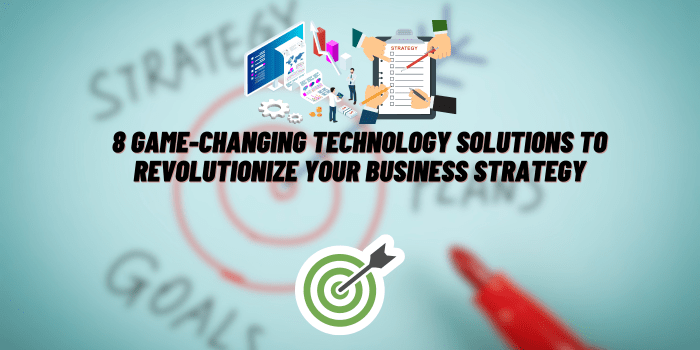Modernizing Your Existing Infrastructure Without Needing to Rip and Replace
A changing technological landscape is driving a need and desire for modernization. The immediate consideration for businesses is budget, and whether it will be necessary to rip and replace any or all hardware and systems. In today’s global marketplace, being up-to-date with all the latest technological advancements is crucial for success, but ripping and replacing can lead to digital fallout and failure, as well as being a headache and a costly one at that.
The concept of starting anew on a fresh page can be tempting, but it may not be entirely necessary. It’s important to reflect on whether it’s necessary to replace your systems entirely, or if they can be updated in a cost-effective manner that also presents little-to-no risks.
Modernizing Digital Infrastructures
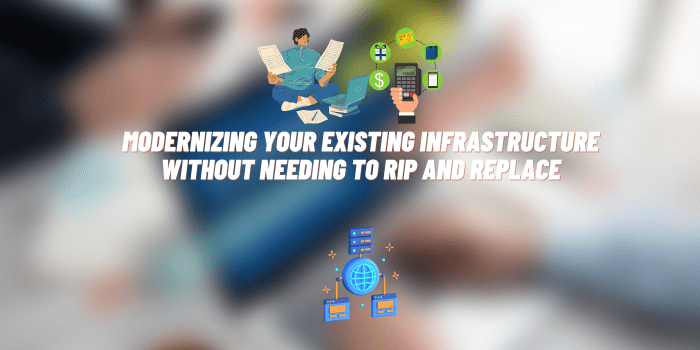
American businesses invested almost $2 trillion from the mid-90s to the early 2000s in software and IT hardware. Referred to as “legacy” systems, these IT systems are fundamental for successful day-to-day operations, but may now be outdated, technologically speaking. Outdated hardware and software are usually no longer supported by the vendors that supply these products, and worse yet, they are too often incompatible with new technologies.
Manual data entry, limited functionality, and weak security procedures create numerous problems that translate into poor performance. New security necessities that protect against theft, violence, or health issues following the pandemic require new technological strategies – strategies that existing IT systems may not be able to support, such as video monitoring with AI and automation or fob entry door systems.
Older software also does not facilitate ease-of-use due to inconvenient interfaces and complicated procedures, and may require specialized IT personnel or training to be maintained. Often, businesses will not see the need to update or replace IT systems because, ultimately, they still function. Nevertheless, there are some telltale signs that should not be ignored, including:
- Complicated procedures;
- Frustrated employees;
- An increase in maintenance costs;
- Limited analytics of data;
- Inefficiency.
Still, companies may be reticent to make changes, as they have invested heavily in both employee training and equipment, as well as having based their entire digital system on the software and hardware they currently possess. These systems contain crucial information and data such as accounting records, financial transactions, personnel data, legal documents, logistics, assets, and so much more; the idea of changing it all up is a lot to contend with.
Older systems tend to keep data separated, making pooling info and multi-department consultation practically nonexistent. AI and automation are not available through legacy systems, nor other key smart tools such as analytics for recognizing trends and patterns – essential modern tools for driving new business.
Unfortunately, maintaining older systems while the digital world is moving forward can negatively affect a company in terms of both efficiency and attracting new business. Still, managements are reluctant to use a rip-and-replace approach due to the risk of company downtime and the initial costs that must be met upfront. For large corporations and organizations, digital transformation can instill fears of a digital nightmare.
Modernizing IT System Challenges

The principal reason that businesses will overhaul an existing IT infrastructure is to receive more and better-quality information, and more rapidly. The more drastic choice would be to rip out and replace an existing system, eliminating a company’s entire IT structure, including hardware, physical servers, and sensors.
The disruption of business processes can bring a company’s activities to a halt, and most businesses may not be able to weather such a disruption. A complete rehaul will also be expensive for company coffers and signify tossing previously-made investments. Investments are not limited to hardware, but include customizations and all process know-how acquired by employees. Additionally, who can guarantee that a new system will work better than the old trusty one?
Before making such a big decision, there is the option of upgrading to consider – an option that continues to embrace existing systems.
Upgrading and Embracing
With this strategy, businesses will be able to maintain some of their existing systems, while improving and reducing vulnerabilities through the construction of additional layers. You will not have to interrupt operations or toss your pre-existing investment. There will be some expense involved, and there may be some disruption, but not at levels typical of a rip and replace approach. That said, companies opting for this solution are only putting off the inevitable for a later date, when systems will be so outdated that they become entirely redundant.
A Third Alternative: the Cloud
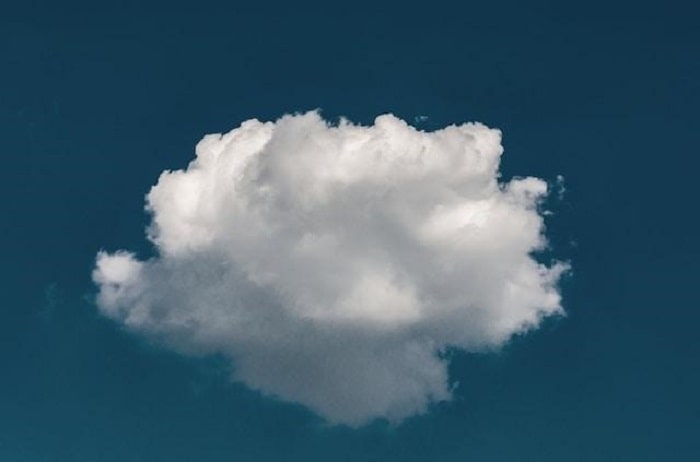
With new technological advances coming through thick and fat, companies must need to come to terms with the fact that an existing IT infrastructure is inevitably on its way out, and the avoidance of new technology will give competitors the advantage. This is where migrating to cloud-based solutions can offer a less expensive but more viable alternative that includes scalability and interoperability with new technologies. Cloud data storage is more flexible, faster, and more cost-effective; it does not require significant resources or downtime that can damage businesses. Real-time analytics also allow for quicker, more informed decisions, enabling data sharing, and more personalized services for clients.
Final Thoughts
Migration to new technology can be done gradually through integration of numerous new technologies; remote management (including access control), video monitoring, data sharing, and alarm systems, to name but a few. Applications or services can be purchased through subscription services, drastically reducing upfront costs and permitting businesses to continue using existing IT systems while gradually introducing some of the newest technology available at a fraction of the cost. Ultimately, weighing up the upfront costs and potential losses, the inevitability of costs down the track, and the need to futureproof your business will determine whether an upgrade or a rip and replace is required.



